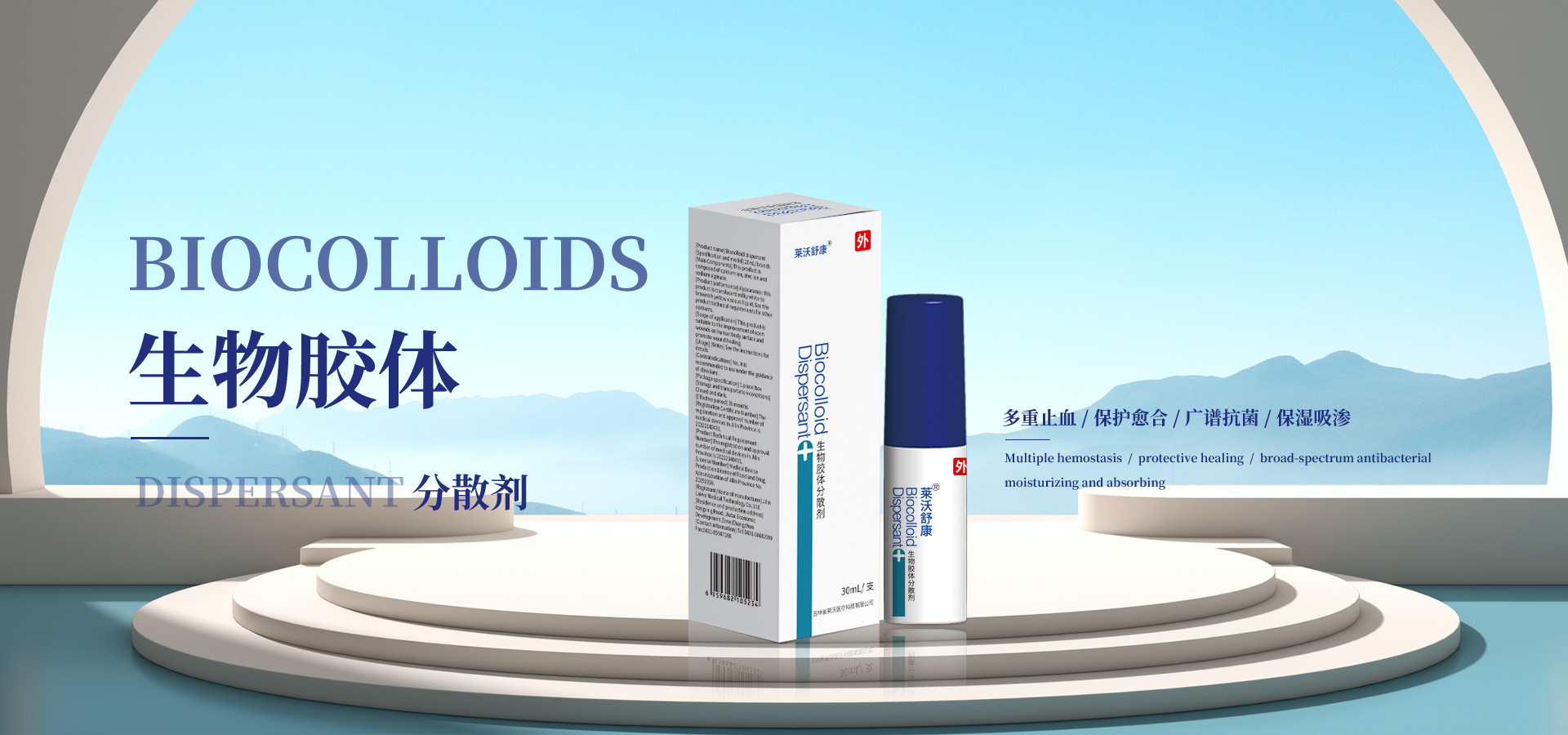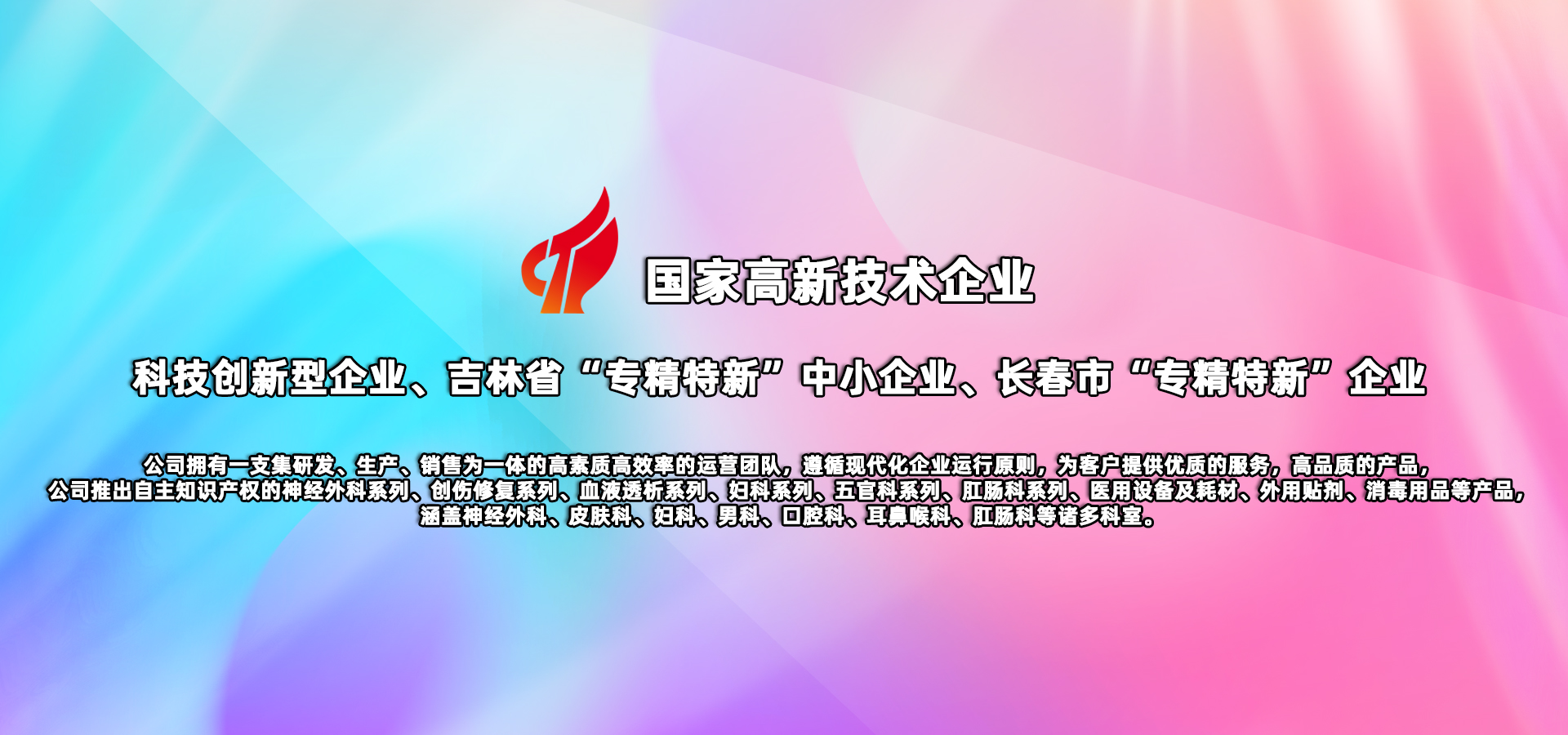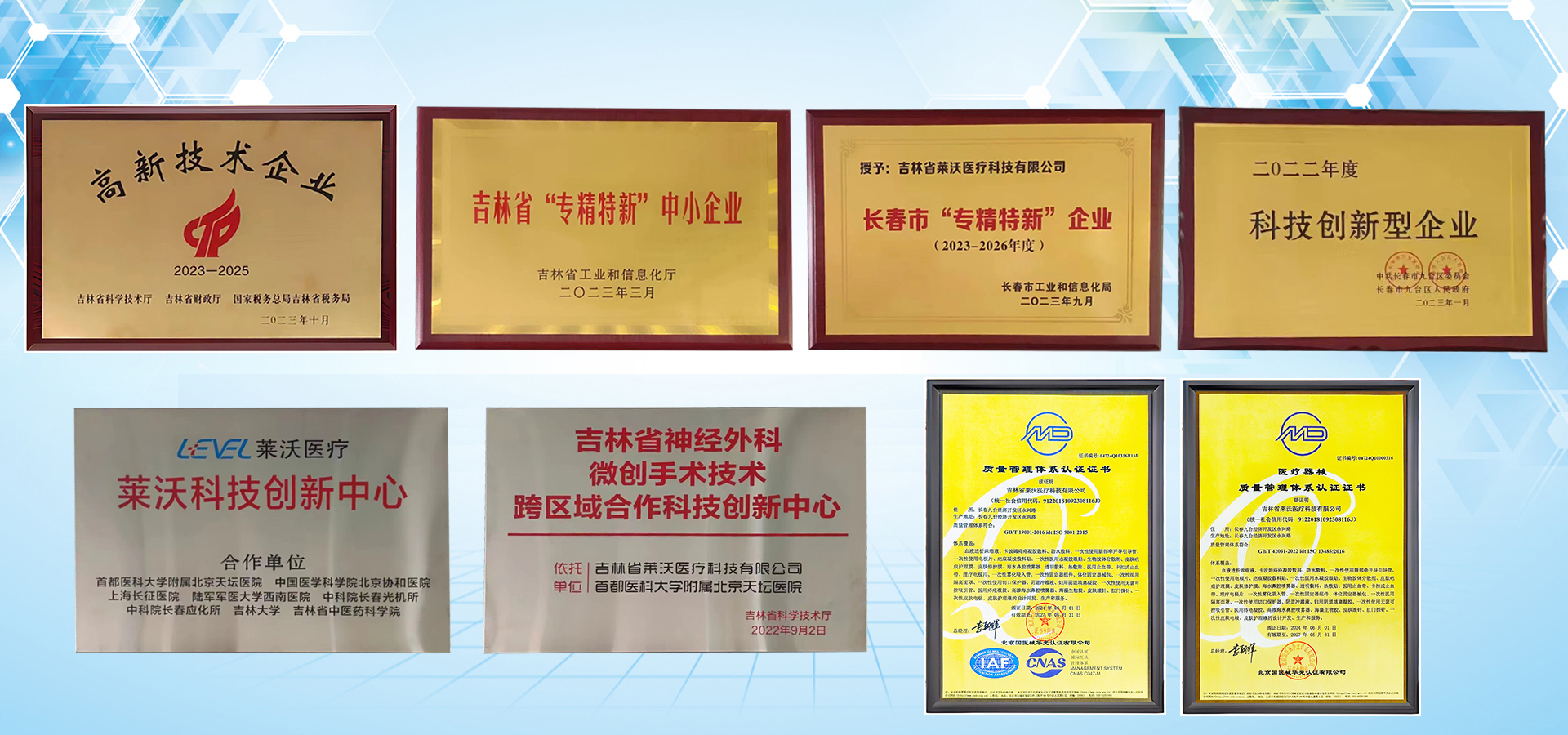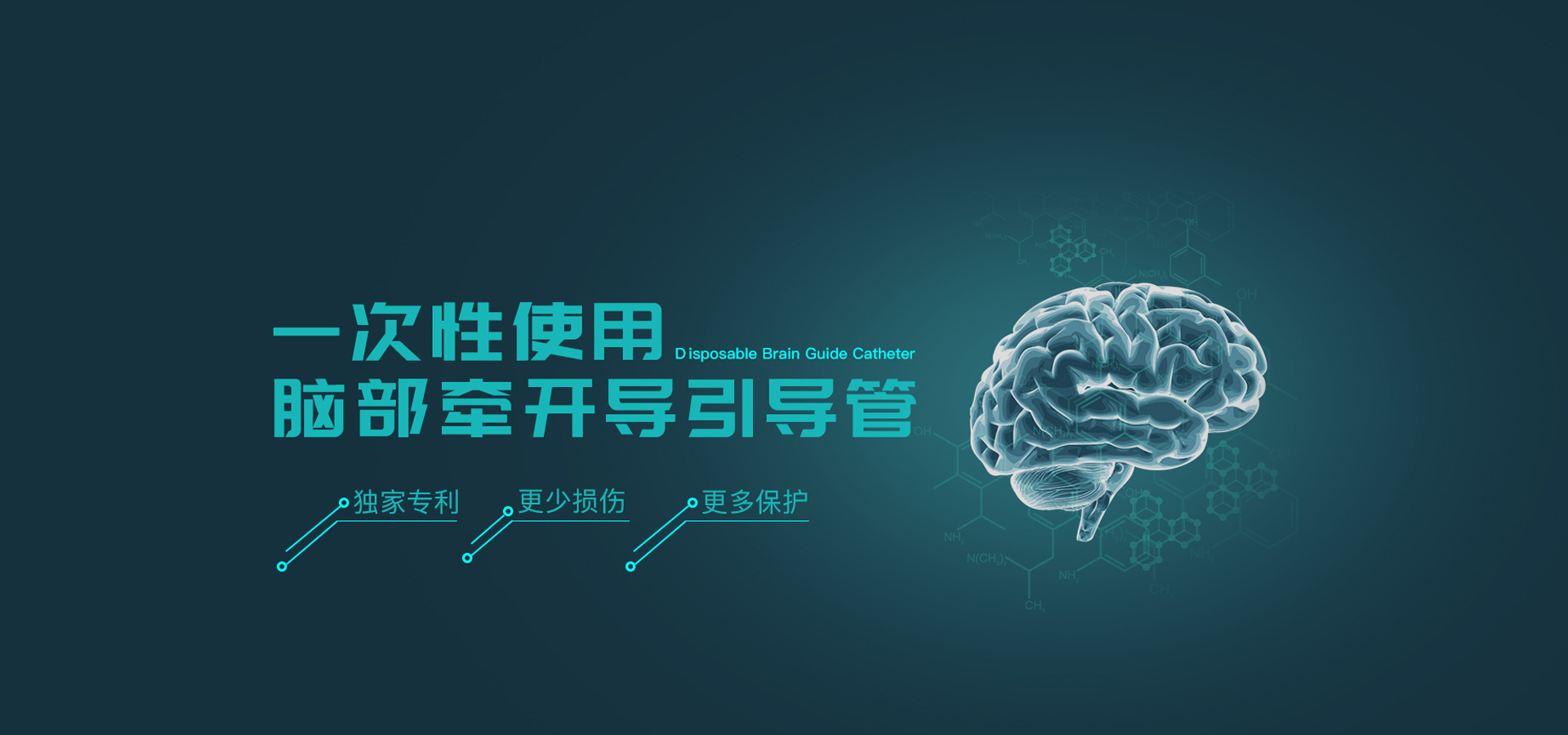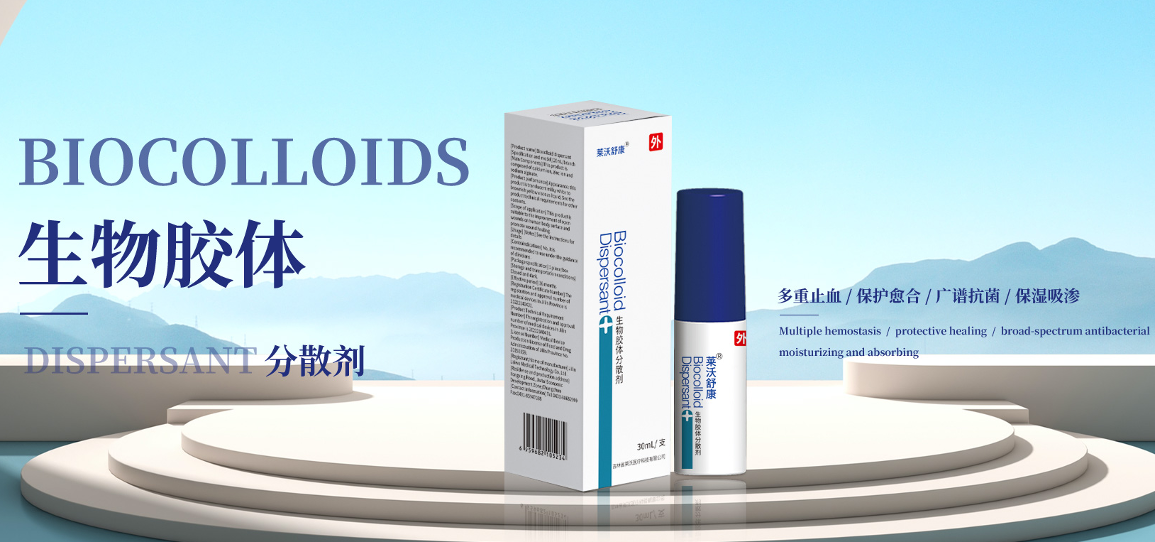Laiwo Medical Helps the Yangtze River Delta Neuroendoscopy Innovation and Transformation Alliance Promote Endoscopic Cerebrovascular Disease Technology at Guizhou Liupanshui Station
Publish Date: 2025/7/28
On July 26, 2025, an academic conference titled "Yangtze River Delta Neuroendoscopy Innovation and Transformation Alliance Endoscopic Cerebrovascular Disease Technology Promotion Guizhou Liupanshui Station" was held at Liupanshui People's Hospital, hosted by the Guizhou Society of Otolaryngology Head and Neck Surgery and organized by the Neurosurgery Department of Liupanshui People's Hospital and the Neurosurgery Department of Zunyi Medical University Affiliated Hospital, focusing on the forefront of neuroendoscopy cerebrovascular disease technology and committed to promoting the development of neurosurgery in Guizhou region.
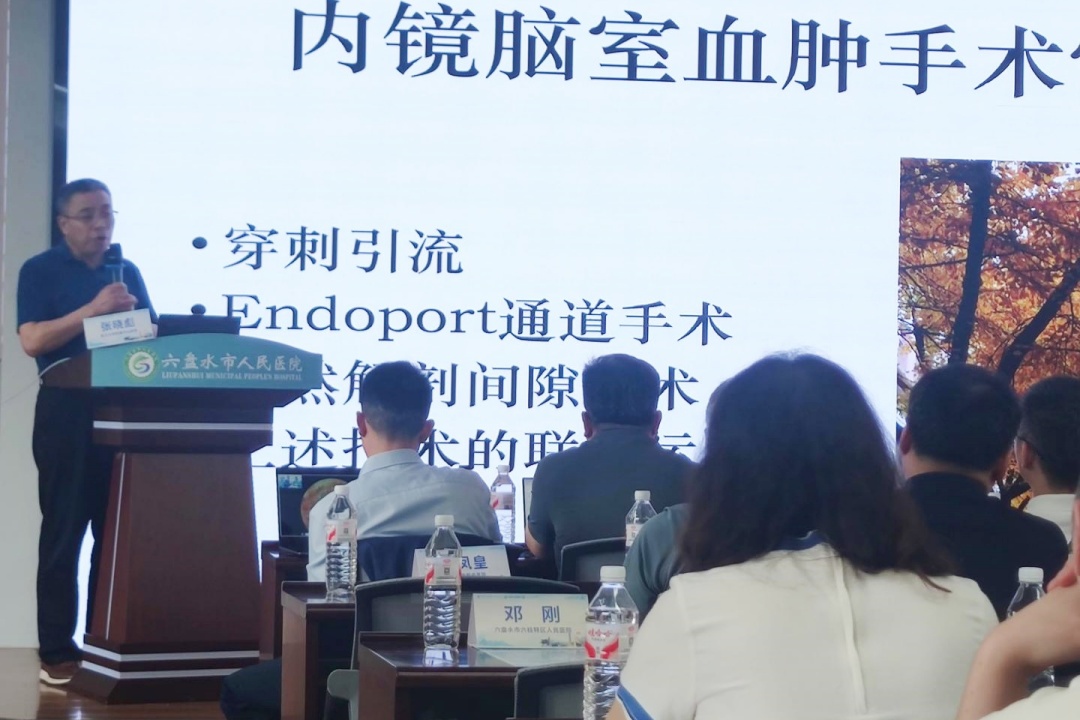
This conference focuses on the deep integration of cutting-edge neuroendoscopy technology and clinical practice, and invites domestic experts such as Professor Zhang Xiaobiao and Professor Lu Xiaojie to jointly explore the development path of technology. Through various forms such as special reports and case studies, valuable experiences can be exchanged in depth. Among them, Professor Zhang Xiaobiao focused on explaining the key points of endoscopic surgery for intraventricular hemorrhage, thalamic hemorrhage, and brainstem hemorrhage, and deeply analyzed the "one stone, three birds, one stone, four birds technique", presenting a high-level academic feast for the participants.

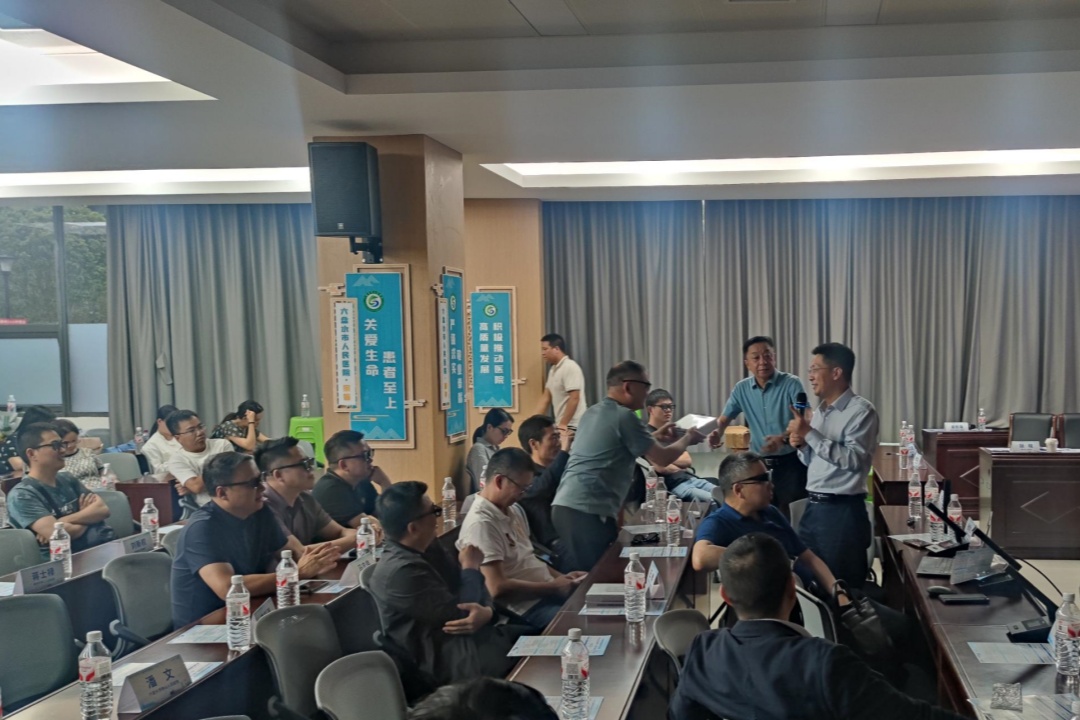
As a company that has long been deeply involved in the field of neurosurgery, Laiwo Medical also participated deeply in this academic conference. Not only did they participate in technical discussions and experience exchanges throughout the process, but they also donated their disposable brain traction guide tubes to the attending experts and clinical physicians. They hope to inject practical strength into the practical promotion of neuroendoscopy technology through precise equipment support for clinical needs, and help cutting-edge technology to quickly land on the front line of grassroots diagnosis and treatment.

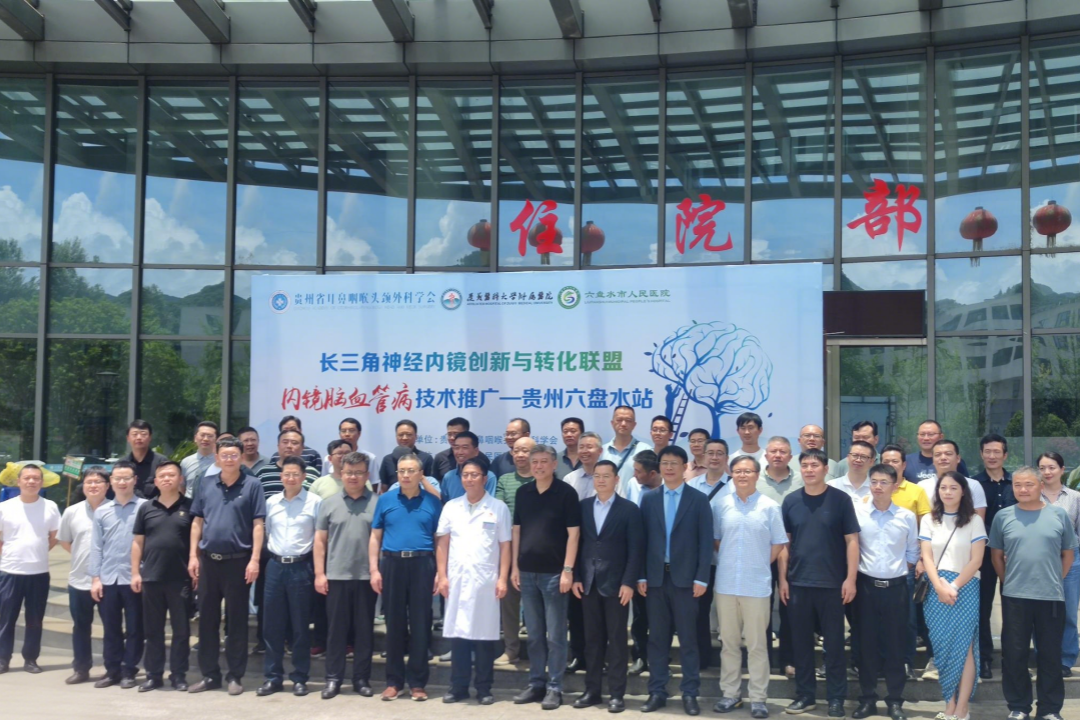
The successful hosting of this academic salon has opened a new page for the development of neuroendoscopic cerebrovascular disease technology in Guizhou region. The wonderful sharing of experts and in-depth communication among peers are like shining stars, illuminating the path forward of neuroendoscopy technology. I believe that with the joint efforts of all parties, neuroendoscopy technology will shine even brighter in the future.


